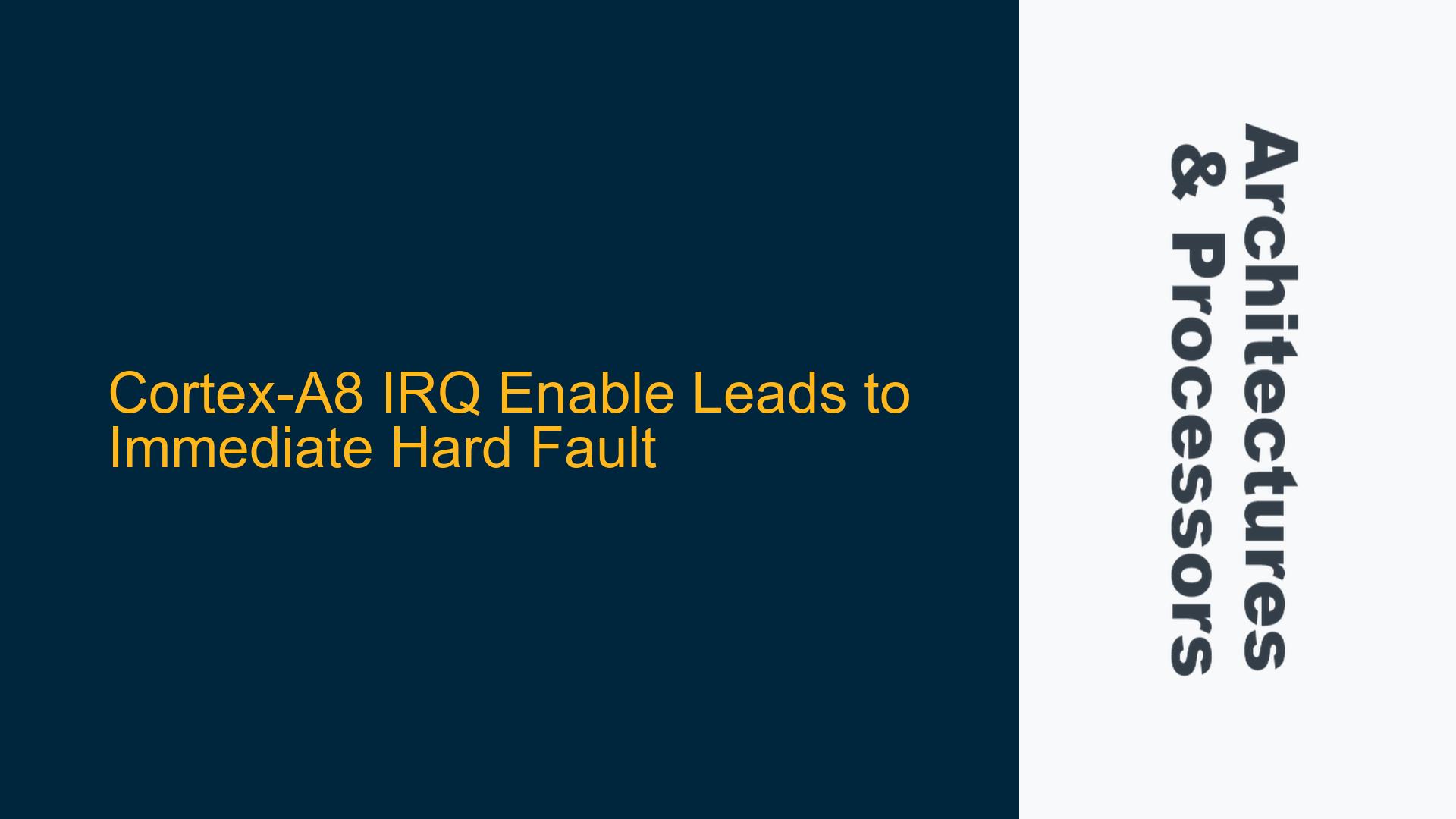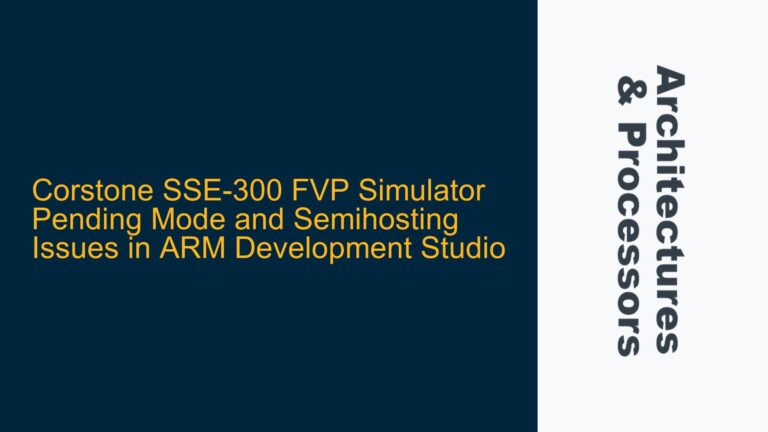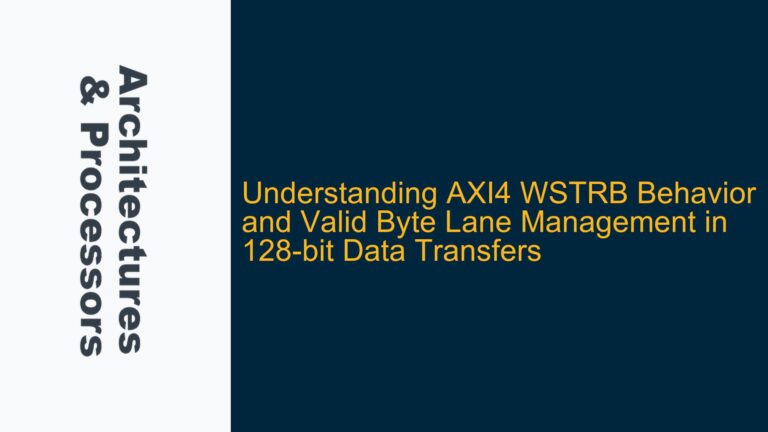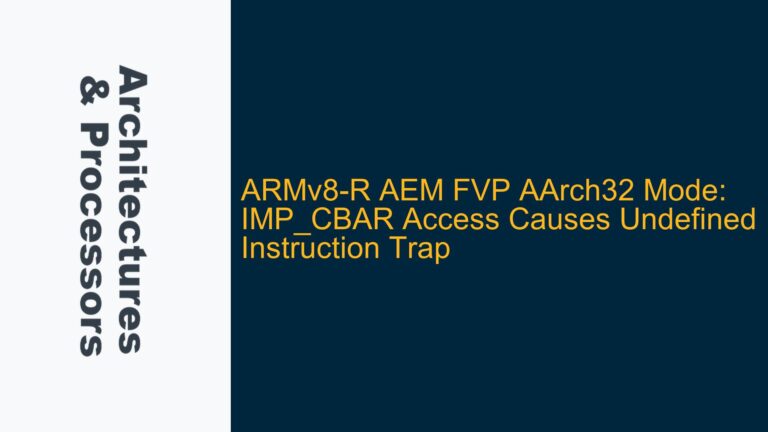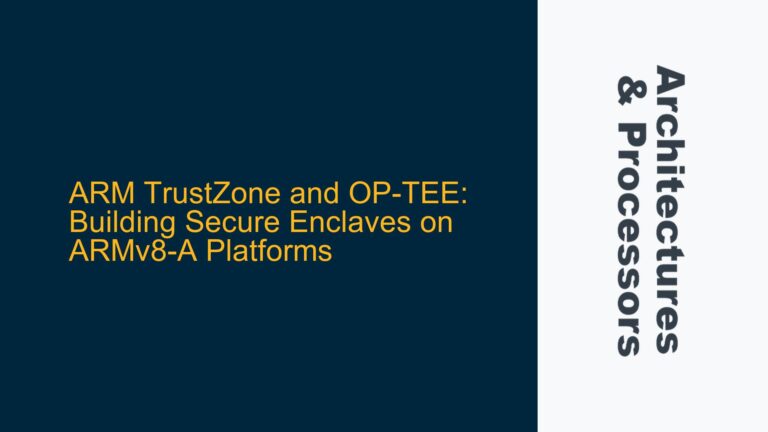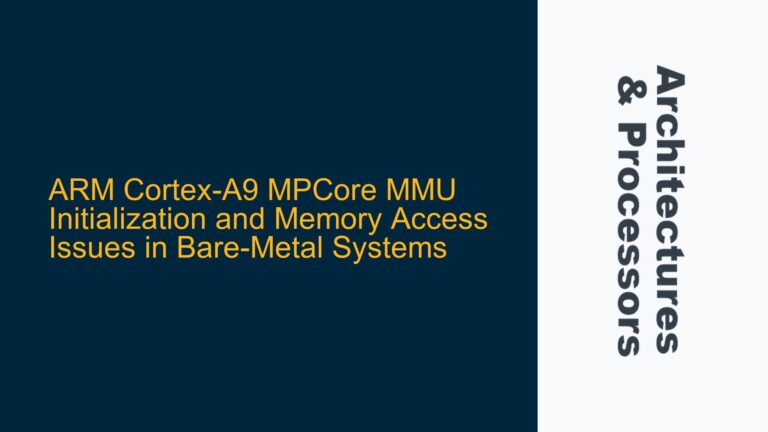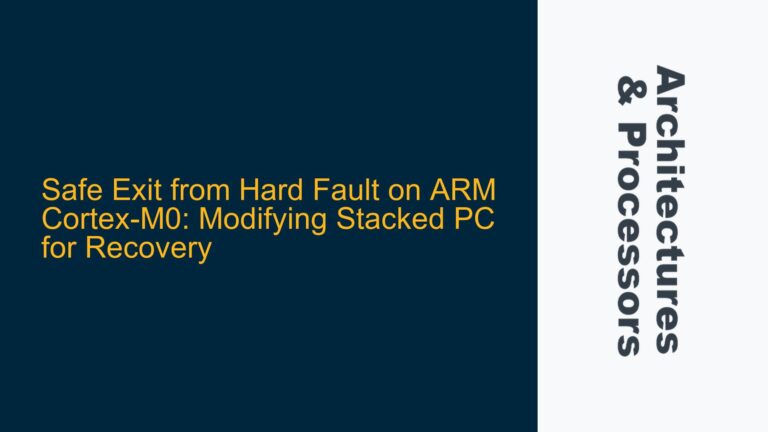ARM Cortex-A8 IRQ Enable and Hard Fault Trigger
The issue at hand involves enabling IRQ (Interrupt Request) on an ARM Cortex-A8 processor, specifically within the AM3354 SoC, which results in an immediate hard fault. The user attempted to enable IRQ by writing assembly code to modify the CPSR (Current Program Status Register) to clear the IRQ mask bit (bit 7). However, upon executing the MSR CPSR_c, R0 instruction, the processor enters a hard fault state, specifically an abort mode, without proceeding to the subsequent MOV pc, lr instruction. This behavior is unexpected, as the IRQ bit in the CPSR is successfully cleared, but the system fails to continue normal execution.
The hard fault occurs immediately after the IRQ is enabled, suggesting that the processor is encountering an exception or an invalid state transition. The CPSR register shows that the processor is in ABT mode (Abort mode), which is indicative of a data or prefetch abort exception. The user confirmed that the IRQ bit (bit 7) is correctly cleared, but the system still enters a fault state. This implies that the issue is not directly related to the IRQ enable operation itself but rather to the context in which the IRQ is being enabled or the state of the system when the IRQ is unmasked.
Incorrect Exception Handling and Mode Transition
One of the primary causes of this issue is the improper handling of exception returns and mode transitions in the ARM Cortex-A8 architecture. The user’s assembly code uses MOV pc, lr to return from the function, which is not the recommended way to handle mode transitions or exception returns in ARM architectures. The MOV pc, lr instruction does not account for potential mode changes, such as transitioning from IRQ mode to SVC (Supervisor) mode or handling exceptions like aborts. Instead, the BX lr instruction should be used, as it correctly handles mode changes by examining the least significant bit of the return address to determine whether to switch to ARM or Thumb mode.
Additionally, the immediate hard fault suggests that there might be a pending interrupt that is being serviced as soon as the IRQ is unmasked. If the interrupt service routine (ISR) or the vector table is not correctly configured, this could lead to an abort exception. The SCTLR (System Control Register) and VBAR (Vector Base Address Register) are critical in determining how exceptions are handled. If these registers are not properly set up, the processor might attempt to fetch an invalid exception vector or execute an invalid instruction, leading to a hard fault.
Another potential cause is the state of the LR (Link Register) when the abort occurs. In ARM architectures, the LR holds the return address for exceptions, but its value can vary depending on the mode the processor is in. If the LR is not correctly set or if the processor is in an unexpected mode (such as ABT mode), the return address might point to an invalid location, causing a prefetch or data abort. The user should inspect the LR value in the abort mode to determine where the exception occurred and whether the return address is valid.
Debugging Exception Handling and Implementing Correct Mode Transitions
To resolve this issue, the user should first verify the state of the LR register in the abort mode. The LR value in abort mode will indicate the return address that the processor attempted to use when the exception occurred. By examining this address, the user can determine whether the exception was caused by an invalid instruction fetch (prefetch abort) or an invalid data access (data abort). This information is crucial for identifying the root cause of the hard fault.
Next, the user should replace the MOV pc, lr instruction with BX lr to ensure proper mode transitions. The BX lr instruction is designed to handle mode changes and will correctly switch between ARM and Thumb modes based on the least significant bit of the return address. This change alone might resolve the issue if the hard fault was caused by an incorrect mode transition.
The user should also inspect the SCTLR and VBAR registers to ensure that the exception handling mechanism is correctly configured. The SCTLR register controls various system features, including the alignment check, caches, and MMU (Memory Management Unit). If the MMU is enabled, the user should verify that the memory mappings are correct and that the vector table is accessible. The VBAR register holds the base address of the vector table, and it must point to a valid memory region containing the exception vectors. If the VBAR is incorrectly set, the processor might attempt to fetch an invalid exception vector, leading to a hard fault.
Additionally, the user should check for pending interrupts before enabling the IRQ. If an interrupt is pending when the IRQ is unmasked, the processor will immediately jump to the corresponding ISR. If the ISR or the vector table is not correctly configured, this could lead to an abort exception. The user can use the CPS (Current Program Status) register to check for pending interrupts and clear them before enabling the IRQ.
Finally, the user should ensure that the stack pointer (SP) is correctly set for the mode in which the IRQ is being enabled. If the SP is not correctly configured, the processor might attempt to access an invalid memory location when handling the interrupt, leading to a data abort. The user should verify that the SP is pointing to a valid stack region and that the stack is large enough to handle the interrupt context.
By following these steps, the user should be able to identify and resolve the root cause of the hard fault when enabling IRQ on the ARM Cortex-A8 processor. Proper exception handling, correct mode transitions, and careful configuration of system registers are essential for ensuring reliable operation in embedded systems.
